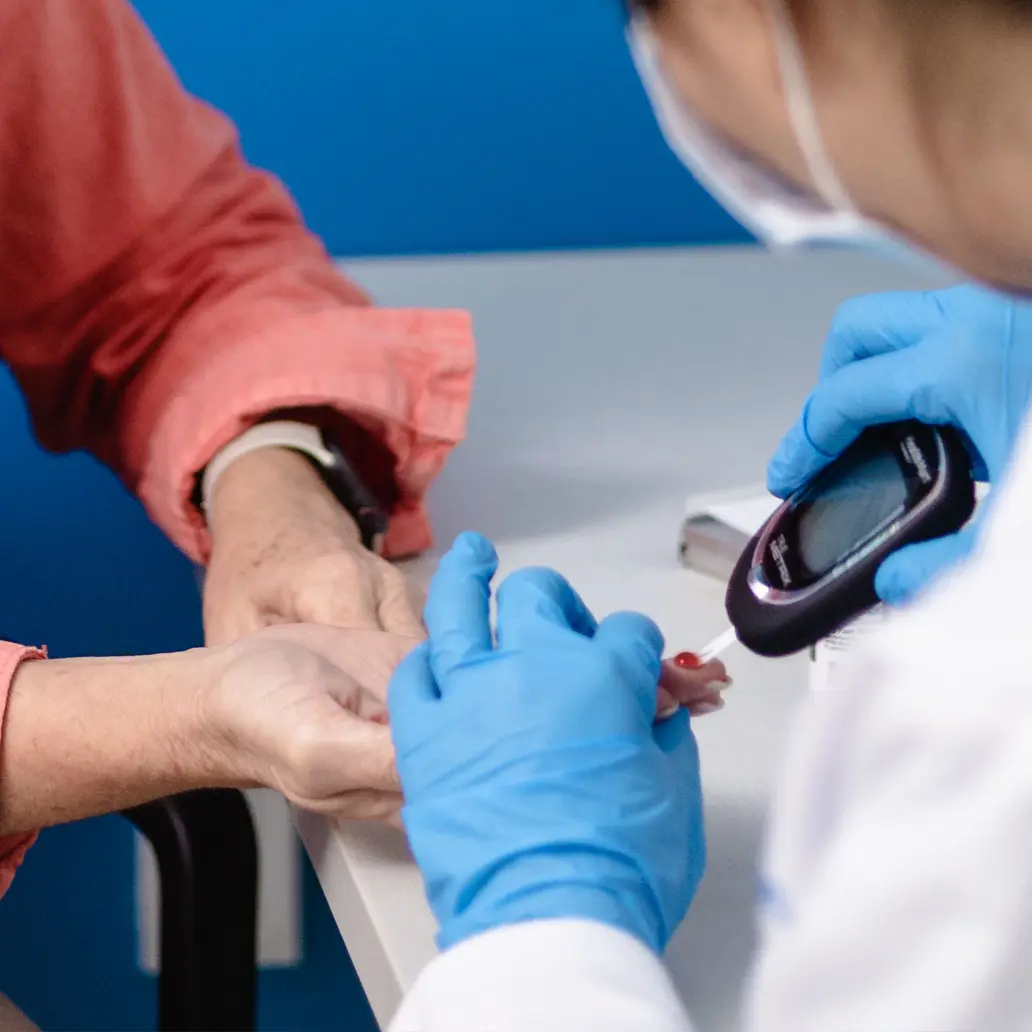- Surgical Site Infection Prevention
Reduce the risk of surgical site infections
Minimize infection following surgery with proper surgical site infection prevention protocols


What are surgical site infections and how can I help prevent them?
A surgical site infection (SSI) is defined by the CDC as an infection that occurs after surgery in the impacted area of the body. SSIs are sometimes superficial infections, involving only the skin. Many factors contribute to these infections. To help protect your patients, it’s important to know which factors can potentially place them at risk, including:
- Lack of surgical site infection protocol for post-discharge surveillance
- Resistant organisms that decrease the effectiveness of antimicrobial prophylaxis
- Improper skin or surgical site preparation
- Improper intraoperative temperature regulation
- Lack of blood glucose monitoring
- Pre-existing microorganism colonization
Spotting the Signs of a Surgical Site Infection
Fever
Redness, swelling and pain near the area
Red streaks coming from the area
Blood, fluid or pus draining from the area
A foul odor coming from the surgery area

Screening patients for existing infections before surgery
Research suggests the risk of surgical site infections increases up to nine times due to nasal colonization of staphylococcus aureus, presenting a big challenge in surgical settings. 30% of people are already nasally colonized with staphylococcus aureus when they reach the operating room.1
Methicillin-resistant Staphylococcus aureus, also known as MRSA, is the leading cause of SSIs, and yet surgical settings don’t always include testing for it in their pre-operative care. Nasal swab tests allow you to detect and identify MRSA for better prevention and control. Screen patients for MRSA and decolonize carriers with an intranasal topical antimicrobial.
Featured Products
Pre-op screening

Monitoring and maintaining normal blood glucose before surgery
The CDC recommends screening preoperative blood sugar levels in patients undergoing elective procedures such as arthroplasties and spinal fusions. Patients’ blood sugar levels may rise due to the stress of the surgery, but high blood sugar delays wound healing and increases the chances for infection.2
It’s also important to maintain normal patient temperature. A lower-than-normal temperature during or after surgery can prevent oxygen from reaching the wound and make it harder for the patient’s body to fight infection. Warming the room or bed can help.3
Both blood sugar levels and patient temperature need to be in the normal range to promote post-surgery healing.
Featured Products
Pre-op bathing

Preparing patients’ skin before surgery
About 80% of skin flora occurs on the outside layers of the skin. One square centimeter of skin can host as many as 10 million aerobic bacteria, a leading cause of healthcare-acquired infections.4
Preparing patients’ skin for surgical procedures is a recommended practice in preventing surgical site infections. Patients should bathe or shower with CHG soap at least three days before surgery for best results, and a skin prep applicator should be used to help reduce skin flora and the risk of surgical site infections.
Featured Products
Surgical scrubs
Skin prep

Appropriate antibiotic practices before surgery
Preoperative antibiotic prophylaxis is defined as administering antibiotics before performing surgery to help decrease the risk of postoperative infections. It is recommended that prophylactic antibiotics are administered at least 30 minutes, but no more than 60 minutes before the skin incision is made, and generally stopped within 24 hours after surgery.5
FeaturedProducts
Antibiotic prophylaxis
Inter-op antibiotic irrigation
Post-op infection prevention

Our clinical resource team is here to help
Whether you have questions about infection prevention best practices or you need product recommendations, reach out to our dedicated clinical team for support.
Be advised that information contained herein is intended to serve as a useful reference for informational purposes only and is not complete clinical information. This information is intended for use only by competent healthcare professionals exercising judgment in providing care. McKesson cannot be held responsible for the continued currency of or for any errors or omissions in the information.
The product information contained in this document, including the product images and additional product materials, was collected from various supplier sources. All product claims and specifications are those of the product suppliers and have not been independently verified by McKesson Medical-Surgical or its affiliates (“McKesson”). McKesson is not responsible for errors or omissions in the product information. The properties of a product may change or be inaccurate following the posting or printing of the product information in the document, either in the print or online version. Caution should be exercised when using or purchasing any products from McKesson’s online or print documents by closely examining the product packaging and the labeling prior to use. Due to product changes, information listed in this document is subject to change without notice. This information is placed solely for your convenience in ordering and McKesson disclaims all responsibility for its completeness and accuracy, whether or not the inaccuracy or incompleteness is due to fault or error by McKesson.
©2024 McKesson Medical-Surgical Inc. All trademarks and registered trademarks are the property of their respective owners.



































